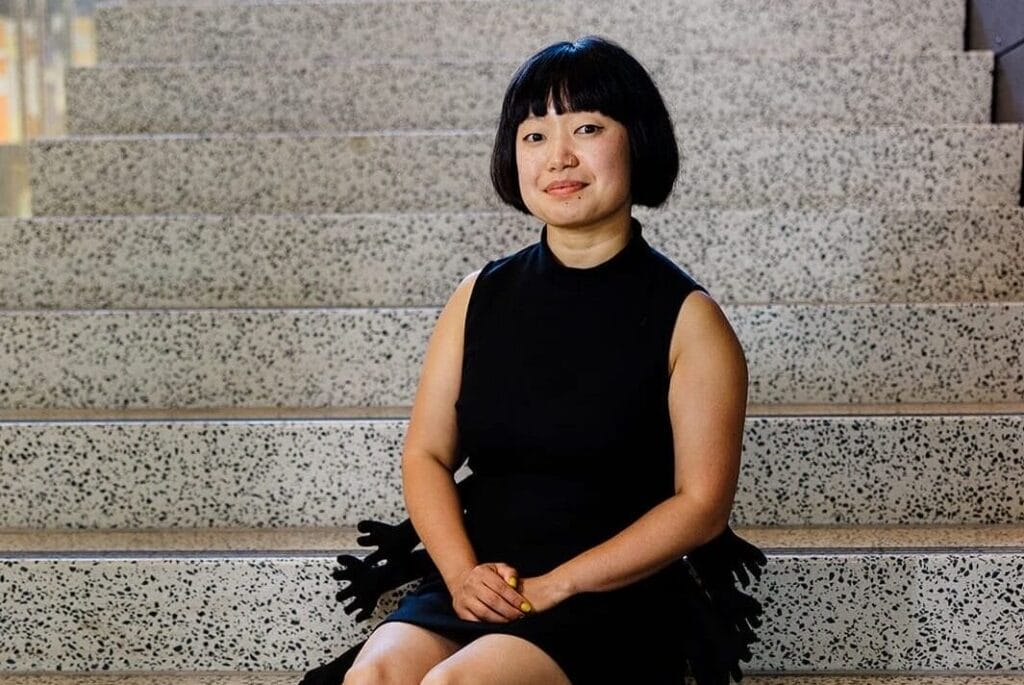At the Woburn Library, area youth spent the afternoon making carved designs that Levine and 14 MassArt students, all members of the College’s Iron Corps, then poured melted aluminum into so the participants could come away with their own one-of-a-kind creations once the metal hardened. MassArt Program Coordinator of Student Engagement John Intoppa was there, too, as was Holly Kelly (BFA ‘13), who teaches classes in Foundations.
At the Salisbury Public library, Comic Arts instructor LJ Baptiste taught youth how to make four-panel comic strips. And at the Charlotte and William Bloomberg Medford Public Library, Fashion Design Chair and Professor Jennifer Varekamp led an interactive project where each participant contributed their own creative ideas while learning how to work toward a more sustainable future. With sewing machines supplied by MassArt, each participant also made their own tote bags out of used sails. The sewing machines were left behind for future use by the library’s teen program.
Fully 94 percent of participants responding to a questionnaire said they’d like to see more MassArt offerings at their library. “It gave kids an opportunity to ask questions about careers in the arts that they may not have had before,” says Woburn Library Director Hermayne Gordon.
Adds Amyot, “You know the impact the arts have on kids, especially around mental health. There’s been a lot of research since COVID about mental health issues kids are having and how the arts can help with that. This is a fantastic way to dovetail with that research and really help out teens.” She comments that she was glad to see teen boys show up as well as girls “because they are a very difficult group for libraries to reach.”
The Summer Art Workshops were so successful that the library board is thinking of them as a pilot program and hopes to collaborate with MassArt faculty and students to expand to more libraries next summer. “I’ve already heard from 20 libraries,” says the board’s Communications Director, Celeste Bruno. They want to know: “‘How do we get to do this?’ We’re at the beginning of something really exciting,” she comments.
Levine attests to the workshops’ value. The kids “weren’t running around and pretending to play sword fight,” she says. “They were really focused and engaged and said things like, ‘I didn’t think I liked art. This is so different.’” She isn’t surprised. When young people have any access to art, she relates, “it’s pretty limited and often not-three dimensional. But with this,” she notes, “you’re using a different part of your brain. It’s more gritty, and it’s magic. You’re melting metal. You never know who’s college bound and who might stumble on this. It can be a door that gets blown wide open for some kids.”
The advantages of the workshops weren’t limited to the attendees. Levine says it’s “equally important to get our students out engaging the community, to use the knowledge and skill base they’ve been developing at school. How cool if you’re a sophomore or junior — it’s a really empowering thing to help run this workshop. So from both sides, there’s so much benefit.”
Says Bruno, “A large part of the success is that MassArt is one of the best art schools in the country. People recognize that name. It really means something to them.”
















